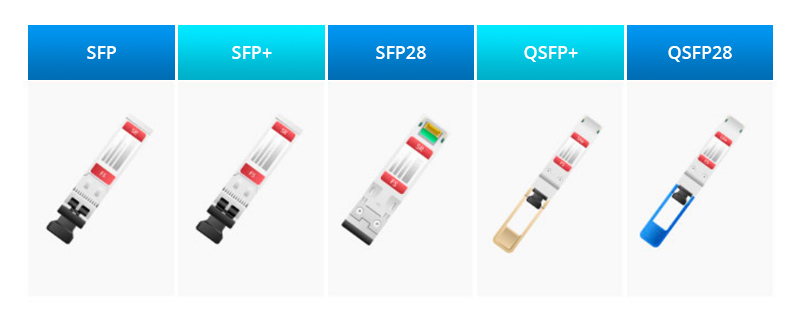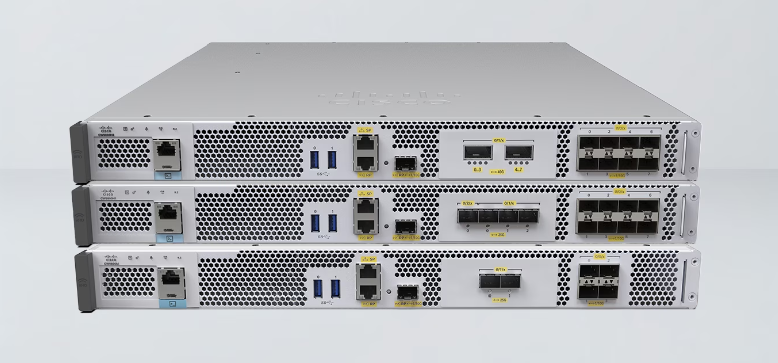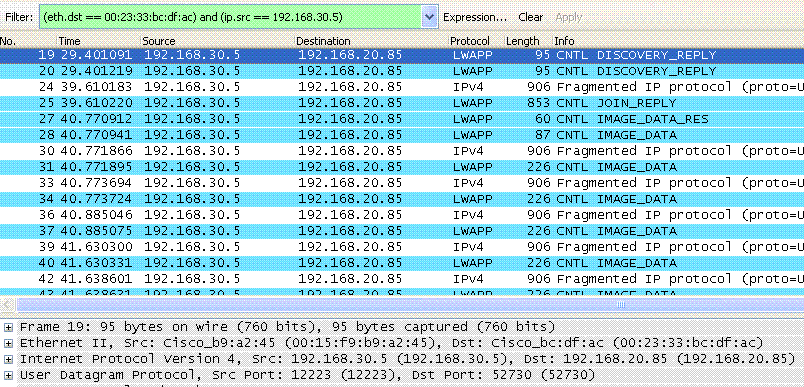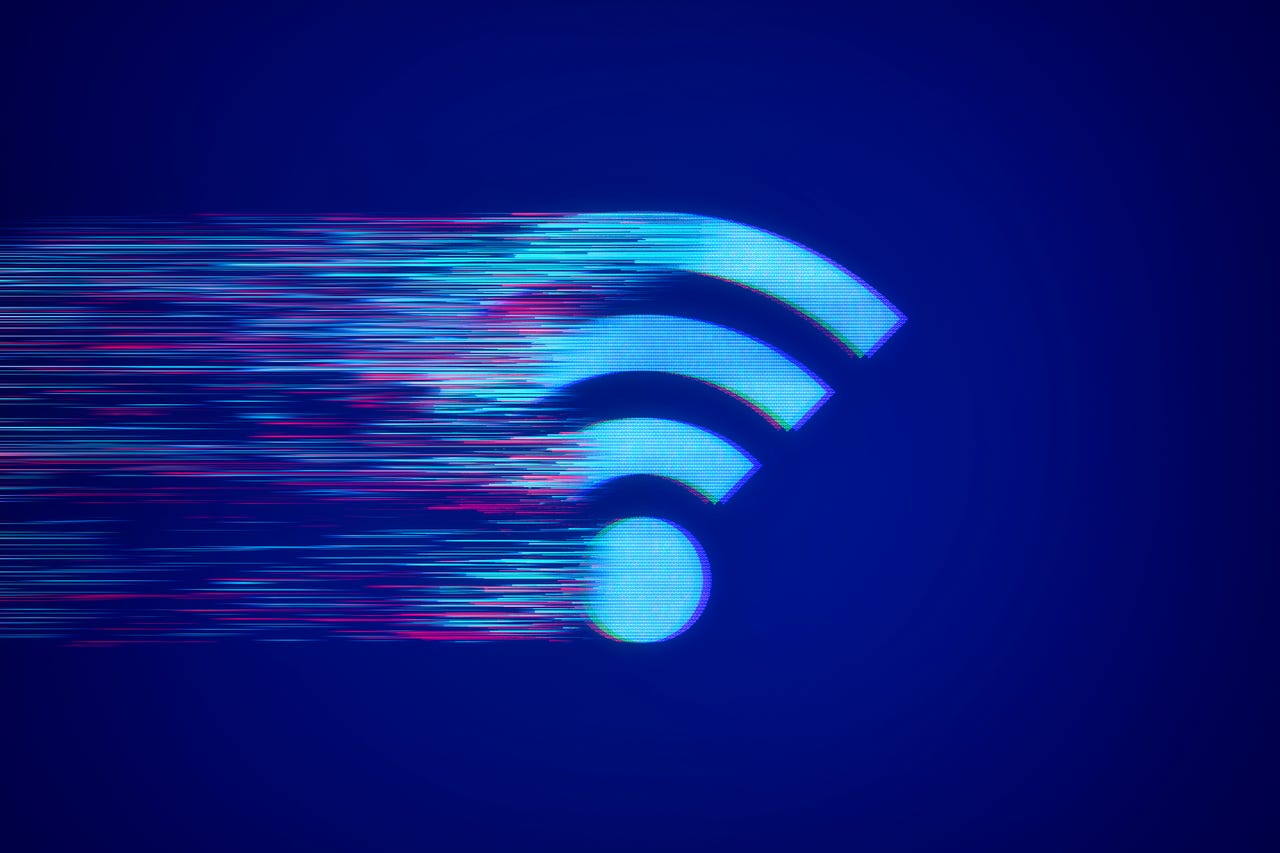
































The Wi-Fi Alliance has given Wi-Fi 7, officially known as 802.11be, its blessing, and our homes and offices will soon see speeds of -- believe it or not -- almost 5.8 Gigabits per second (Gbps).
Actually, just between us, I don't believe Intel when it states, "a typical Wi-Fi 7 laptop [will] have a potential maximum data rate of almost 5.8 Gbps." I've benchmarked too many networks to buy the top-end numbers. However, I can believe that a Wi-Fi 7 hookup can hit real-world speeds of over half that number, say 4Gbps, and that's more than fast enough for anyone not running a high-performance supercomputer cluster at home.
Also: 10 ways to speed up your internet connection today
So, how will Wi-Fi 7 leave Wi-Fi 6E, which I've seen running at up to 1.5Gbps, eating its dust? The answer is that Wi-Fi 7 manages that kind of speed thanks to multiple new features, incuding:
Increased Channel Bandwidth:Wi-Fi 7 doubles the maximum channel bandwidth from 160MHz to 320MHz, allowing for faster data transmission. The bigger the MHz range, the more data you can pack into it. With this expanded bandwidth, you can see higher-than-ever wireless download speeds.
4K Quadrature Amplitude Modulation (QAM): This feature enables each signal to pack up to 120% more data into a channel than Wi-Fi 6E.
Multi-Link Operation (MLO):This feature allows devices to spread connections across two or three bands (2.4 GHz, 5GHz, and 6GHz), enhancing speed and stability. If one band is out of range, the device seamlessly switches to another without needing to reconnect. This process is called bonding or aggregation.
Improved Latency:The integration of all three bands reduces the airtime restriction, increasing the likelihood of immediate data packet transmission. This aspect is particularly beneficial for applications requiring low latency, such as online gaming and video conferencing.
MU-MIMO Enhancement:Wi-Fi 7 supports more multi-user, multiple-input, multiple-output (MU-MIMO) spatial streams. This enables routers to communicate with more devices simultaneously. This feature enhances network efficiency, especially in crowded environments.
Multi Resource Units (RU):With legacy Wi-Fi 6/6E and earlier, when part of a high-speed channel is being used by another device, the entire channel is unavailable. With Wi-Fi 7, the channel can be shared if there's available room in it.
Wi-Fi 7 operates on the same 2.4GHz, 5GHz, and 6GHz bands, so it's backward compatible with previous Wi-Fi standards. But while older devices can still connect to Wi-Fi 7 networks, they won't benefit from its higher performance or most of its new features. Some features, however, such as beamforming, which targets devices, may deliver higher data rates.
By doubling the number of supported MU-MIMO streams to 8x8 MU-MIMO, Wi-Fi 7 can also talk to 16 devices at once. That capability could help your older devices as well -- if, and it's a big if, your router comes with 16 antennas. Many 6E routers, for example, which can support up to eight antennas, only come with four, while most Wi-Fi-enabled devices, such as phones and laptops, only come with two antennas.
In other words, to get the most from Wi-Fi 7, you need all your gear to support the new standard. As always, the slowest link in your network connection will determine how much speed you get.
What all that means for you is that with the right equipment, you'll be able to enjoy 8K movies, augmented reality/virtual reality gaming, and faster-than-ever large file downloads.
For home networks, Wi-Fi 7 enhances the performance of smart home devices, providing a more reliable connection for Internet of Things technologies. The improved bandwidth and speed are perfect for families, like mine, which have multiple devices streaming high-definition content simultaneously. Your overall Wi-Fi performance, whether it's just you or your family and friends, will see a dramatic improvement.
Also: How to convert your home's old TV cable into powerful Ethernet lines
In businesses, Wi-Fi 7 can support more devices with minimal interference. This capability makes it ideal for large offices and coworking spaces. The improved speed and stability facilitate seamless video conferencing and efficient cloud-based applications, which are essential for modern companies.
All that's the good news. The bad news is that the 6 GHz wireless spectrum uses shorter wavelengths. Short wavelengths are great for fast data transfers at close range, So, they're great for connecting to your Wi-Fi 7-enabled HDTV a few feet away from your router. But short wavelengths are poor at connecting at long distances and suffer greater interference from physical obstructions, such as dense walls or floors in a building. There, you're still using the 2.4GHz and 5GHz connections that you've been using since 802.11n Wi-Fi networks showed up in 2008.
Eventually, the Federal Communications Commission (FCC) will finalize the Automated Frequency Coordination (AFC) system. This system will allow Wi-Fi 7 devices to operate at increased power levels. The fix, which firmware upgrades will distribute, will increase 7's range and overall performance.
Some Wi-Fi 7 routers are already available, including: the Eero Max 7,$1,699.99; Netgear's Orbi 970 Series,$2,299.99; and the Netgear Nighthawk Tri-Band WiFi 7 Router,$699.99. What you'll notice from those figures is that Wi-Fi 7 routers are not cheap. And I don't see their prices dropping anytime soon.
Also: The top satellite internet services compared: Starlink and alternatives
Now, you may be asking yourself, if the Wi-Fi Alliance only just started certifying Wi-Fi 7 devices, how can these routers already be available? Easy, this standard has been in the works for a long time. If you already have a Wi-Fi 7 router or you're going to get one, you can count on getting a firmware update soon to ensure that your devices will be compatible with the final standard.
If you really need bleeding-edge speed, you can go ahead and get Wi-Fi 7 devices today. After all, Wi-Fi 7, with its enhanced speed, increased bandwidth, and improved stability, is a significant leap forward in wireless technology. But, honestly, I think most people should wait until more devices support Wi-Fi 7 and the prices come down.
 Etiquetas calientes:
Casa y oficina
Etiquetas calientes:
Casa y oficina